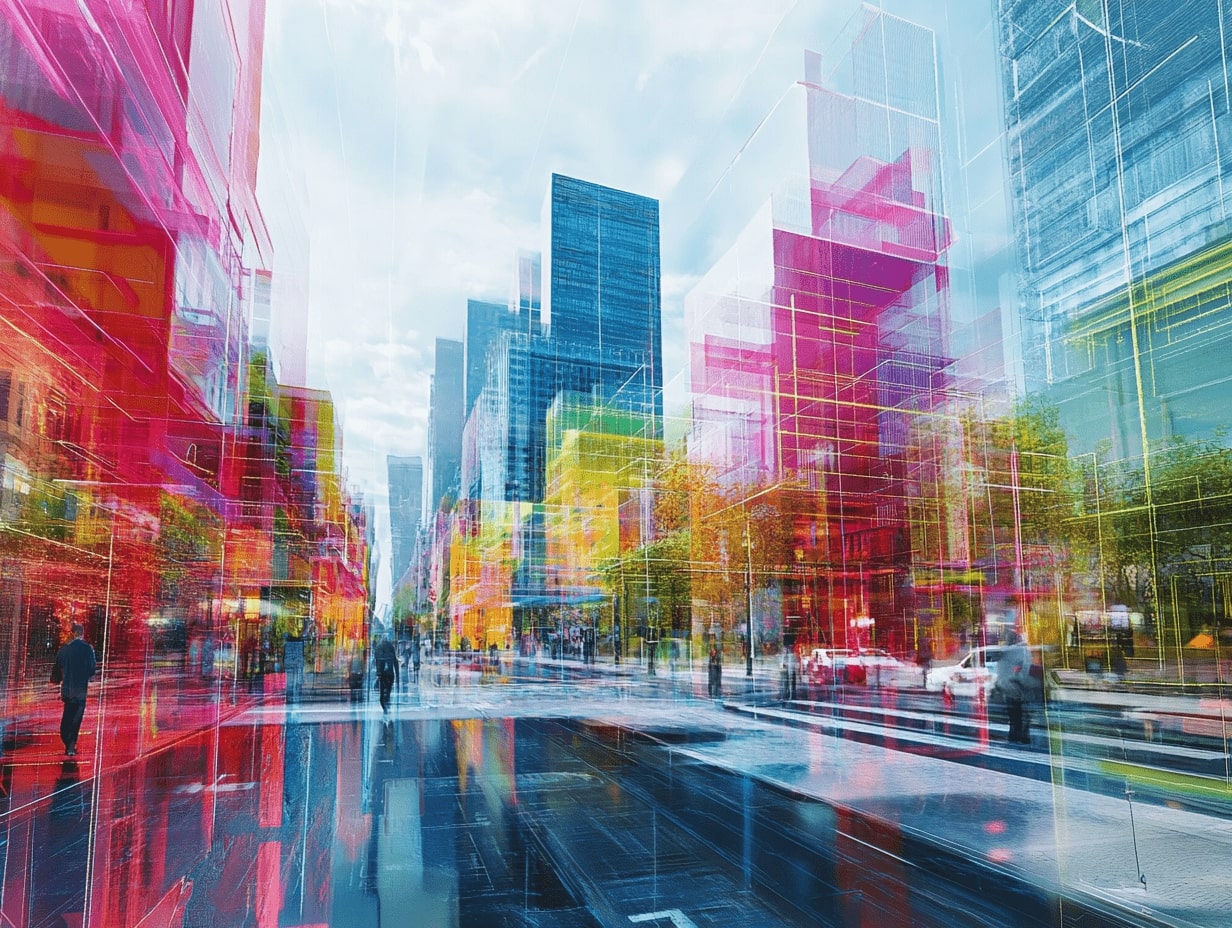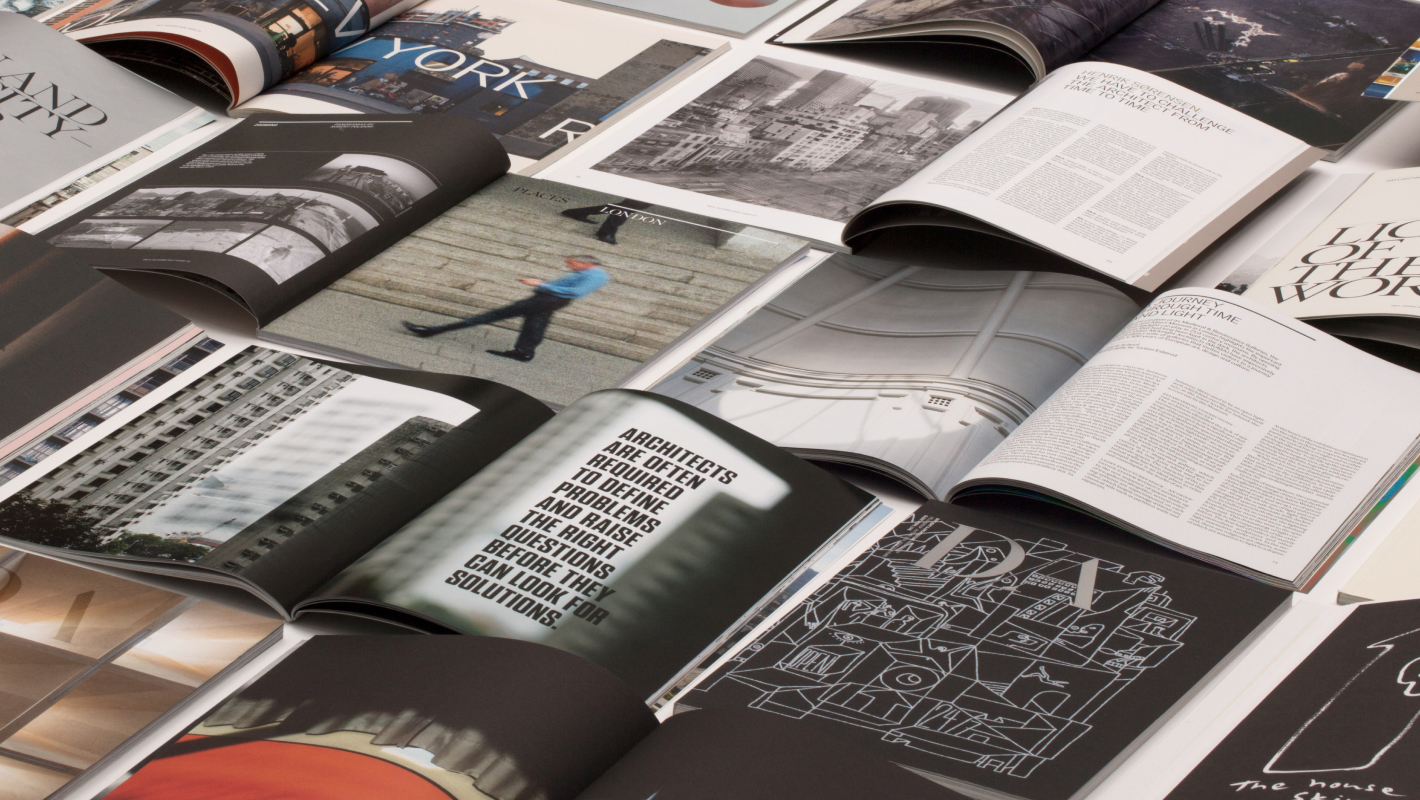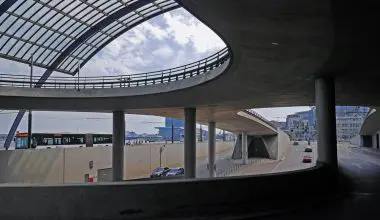In the ever-evolving world of architecture, rendering has become more than just a tool—it’s a transformative force. As new trends emerge, they’re reshaping how we visualize and conceptualize spaces. From photorealistic imagery to immersive virtual reality experiences, these advancements are revolutionizing the way we present architectural designs.
We’re witnessing a shift where technology and creativity intersect, offering architects unprecedented capabilities to bring their visions to life. With the rise of AI-driven software and real-time rendering, the possibilities seem limitless. These innovations not only enhance the visual appeal of designs but also streamline the entire creative process, making it more efficient and collaborative.
As we explore these new trends, it’s clear they’re not just fleeting fads. They’re setting the stage for the future of architectural rendering, pushing the boundaries of what’s possible and inviting us to rethink how we engage with the built environment.

Understanding Architectural Rendering
Architectural rendering involves creating realistic images or animations of architectural designs. This process combines technical and artistic skills to represent future-built environments accurately. It serves as a communication tool, helping clients visualize projects before they’re constructed.
Traditional techniques have evolved to incorporate digital technologies. Those include 3D modeling and computer graphics. As a result, renderings have become more sophisticated and lifelike, enhancing client engagement and decision-making.
Advanced software plays a significant role in modern rendering. Programs like AutoCAD and SketchUp streamline the creation of intricate models. With real-time rendering capabilities, these tools allow architects to explore design variations effectively.
Photorealism in rendering brings visuals closer to reality. Techniques like ray tracing and global illumination simulate light and shadow with high precision. This realism helps stakeholders understand material textures, lighting conditions, and spatial layouts comprehensively.
Immersive experiences offered by VR and AR technologies enrich the rendering process. They enable interactive walkthroughs and 360-degree views of designs. Users can experience spaces from various perspectives, making informed choices based on virtual explorations.
AI-driven tools enhance the rendering process by optimizing workflows and generating design options. These tools analyze patterns and propose visually appealing solutions. As AI continues to advance, rendering adjustments and enhancements become more intuitive.
By understanding the evolving landscape of architectural rendering, we recognize its potential to shape our perception and interaction with architectural spaces.

Emerging Trends in Architectural Rendering
Architectural rendering is rapidly evolving, influenced by cutting-edge technologies. These trends are redefining how we visualize and experience architectural designs.
Real-Time Rendering Technologies
Real-time rendering technologies significantly enhance the immediacy of design visualization. With software like Unreal Engine and Unity, architects create dynamic presentations that update instantly as changes are made. This process uses powerful graphics processing units (GPUs) to deliver smooth, uninterrupted images. In contrast to traditional rendering, real-time rendering allows architects to receive immediate feedback, enabling efficient exploration of design alternatives. Integrating these technologies leads to more interactive client presentations and informed decision-making.
Use of Artificial Intelligence and Machine Learning
Artificial intelligence (AI) and machine learning (ML) streamline and innovate architectural rendering processes. By analyzing vast datasets, these technologies predict design patterns and optimize workflows. AI-driven tools, such as Lumion and Enscape, automate rendering tasks, allowing architects to focus on creativity. ML algorithms enhance material textures and lighting conditions, providing more realistic outputs. The inclusion of AI and ML in rendering reduces time spent on labor-intensive tasks, resulting in faster project turnaround and more accurate visualizations.

Impact of Virtual Reality and Augmented Reality
Virtual reality (VR) and augmented reality (AR) significantly influence modern architectural rendering. These technologies are transforming how architects present and refine designs.
Enhancing Client Communication
VR and AR enhance client communication by offering immersive and interactive experiences. Through virtual walkthroughs, clients can explore projects at a 1:1 scale. This approach fosters a deeper understanding of spatial arrangements and design elements. AR overlays digital models onto physical spaces, providing context in real environments. This interaction leads to more informed client feedback and decision-making, bridging gaps between clients and design proposals.
Improving Design Validation
Integrating VR and AR in the architectural design process improves design validation by enabling real-time testing and modifications. Architects can identify potential issues early by experiencing designs from multiple perspectives. This capability reduces errors and iterations during the construction phase. VR simulates various environmental conditions such as lighting and acoustics, allowing for precise adjustments. AR applications empower architects to visualize modifications on-site, ensuring that the design aligns with practical site constraints and regulations.
Sustainable Rendering Approaches
Sustainability is becoming crucial in architectural rendering as professionals seek to minimize environmental impact while maximizing efficiency. These new trends focus on eco-friendly techniques and materials that promote responsible design and visualization practices.
Energy-Efficient Processes
Energy-efficient processes are at the forefront of sustainable rendering. Architects use software that optimizes resource usage and reduces energy consumption during rendering. Cloud-based platforms distribute computational loads across multiple servers, lowering energy demands. Programs like Blender’s Cycles and V-Ray offer features that reduce rendering times without sacrificing quality, aligning with green design practices.
Incorporating Eco-Friendly Materials
Incorporating eco-friendly materials into digital renderings reflects a growing trend in sustainable architecture. Renderings now depict structures utilizing recycled or sustainable resources, such as bamboo or reclaimed wood. By visualizing buildings with these materials, architects help clients and stakeholders envision more sustainable projects. Software advancements allow us to simulate the appearance and texture of eco-friendly materials accurately, making sustainability a core aspect of design from the conceptual phase.

The Role of Cloud Computing
Cloud computing radically changes architectural rendering, transforming processes, collaboration, and efficiency.
Streamlining Collaboration
Cloud computing fosters seamless collaboration in architectural rendering. Teams easily access shared files and resources, ensuring everyone works with the latest data. Platforms like Autodesk BIM 360 and Trimble Connect facilitate this real-time interaction, allowing architects, designers, and clients to engage concurrently. This connectivity breaks geographical barriers and accelerates decision-making, making global partnerships viable and productive.
Enhancing Processing Power
The rendering process benefits significantly from cloud-based processing power. Complex renderings, once limited by local hardware, now utilize distributed computing to handle intensive tasks. Services like AWS and Google Cloud provide scalable resources, reducing time for detailed visualizations. This increase in processing capabilities empowers us to produce high-quality renderings more efficiently, potentially integrating more complex features like real-time updates and photorealistic details.
Conclusion
Rendering in architecture is experiencing a transformative phase, driven by emerging trends that blend technology and creativity. Photorealistic imagery and real-time rendering advancements reshape how architects visualize and present designs. Immersive experiences through VR and AR revolutionize client interactions, enhancing decision-making with interactive designs. AI-driven tools streamline workflows, offering optimized design options that redefine the creative process.
The shift towards sustainability in rendering practices is evident with a focus on eco-friendly approaches. By using energy-efficient processes and visualizing sustainable materials, architects create responsible designs. Cloud computing further enhances collaboration and efficiency by providing scalable resources and seamless access to shared files. These evolving trends not only improve architectural visualization but also align with sustainable practices, influencing how we perceive and engage with architectural spaces.







